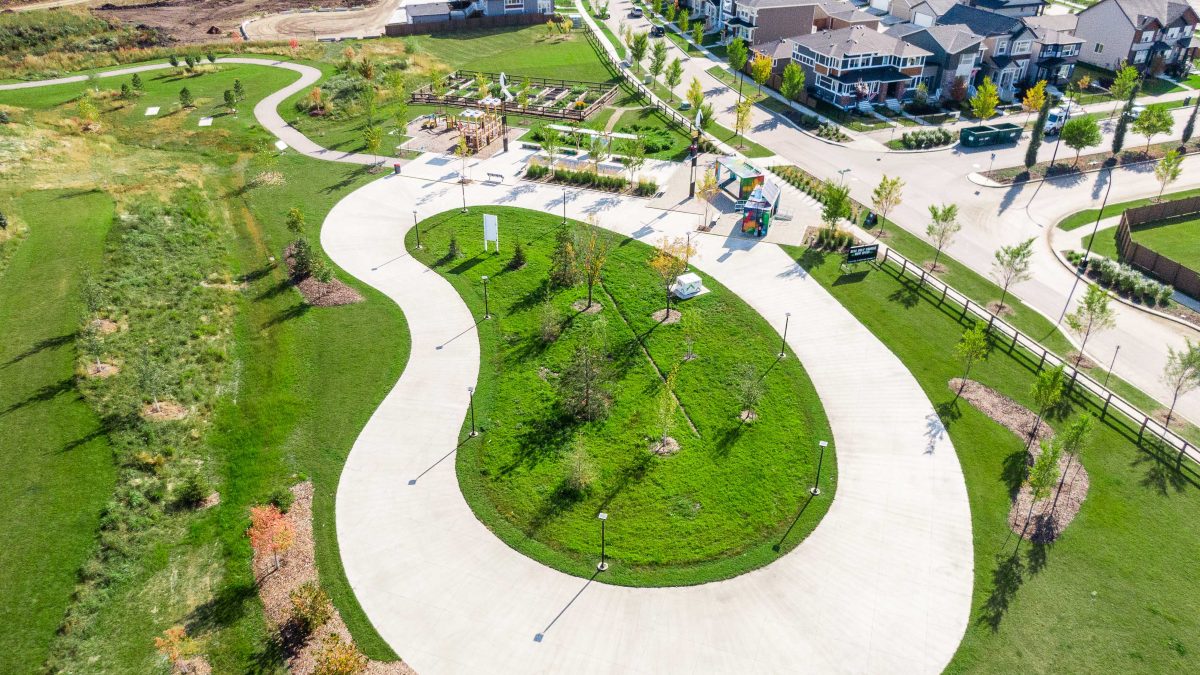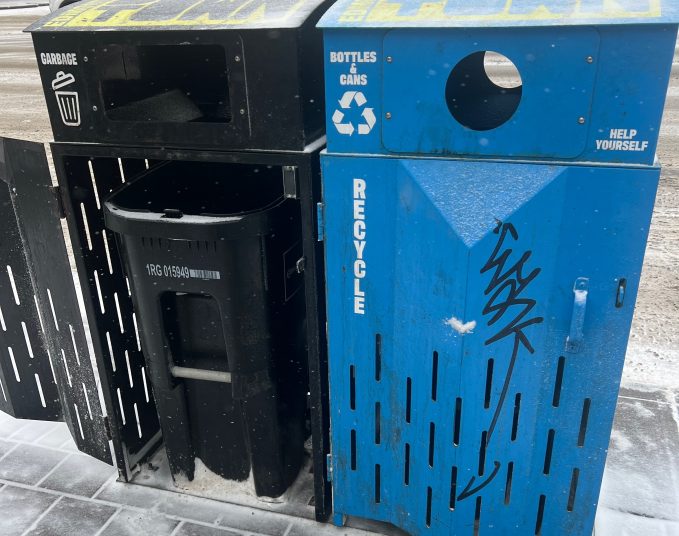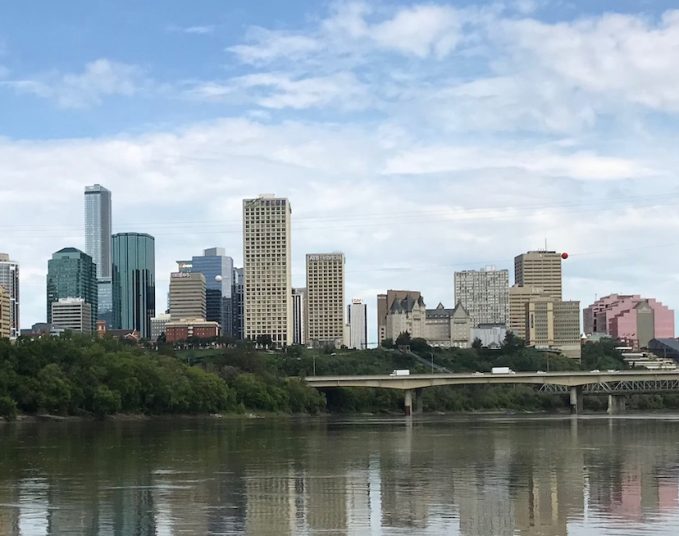In 2023, urban issues dominated local headlines. The Valley Line Southeast opened its service to passengers after a three-year delay. Edmonton’s new zoning bylaw passed 11-2 and attracted nearly 300 people to a five-day public hearing. Migration to Alberta surged to its highest level since 1981. And, of course, macro factors like inflation, rising interest rates, and labour shortages were top-of-mind. Above all, housing was in the hot seat.
This year is shaping up to be no different. Since January, residents, councils, and administrations, have had to grapple with a series of intricate conversations — from encampments to power supply threats to water shortages. And recently, the declaration of a housing and homelessness emergency.
These debates and pressure points have consistently placed Edmonton in the national spotlight. They illuminate both issues to address head-on and opportunities to leverage. As we build new communities across the Edmonton Metropolitan Region, we are building cities, towns, a province, and country for everyone.
Our city building innovations have become the envy of other Canadian metro areas. Where collaboration is not the norm for other jurisdictions, here in Edmonton and the region, the public and private sectors have and continue to work collaboratively to build spaces and places that welcome current and future residents to put down their roots. New neighbourhoods are becoming denser and more diverse, with a range of housing options and amenities. Communities are being built with young families in mind with playscapes and inclusive design while considering the needs of those aging in place. Cities are connecting people to nature through parks and other sustainability features. And municipalities and the real estate development industry are helping to foster a healthy housing market, a great quality of life, and to address development uncertainty and barriers to welcome growth.
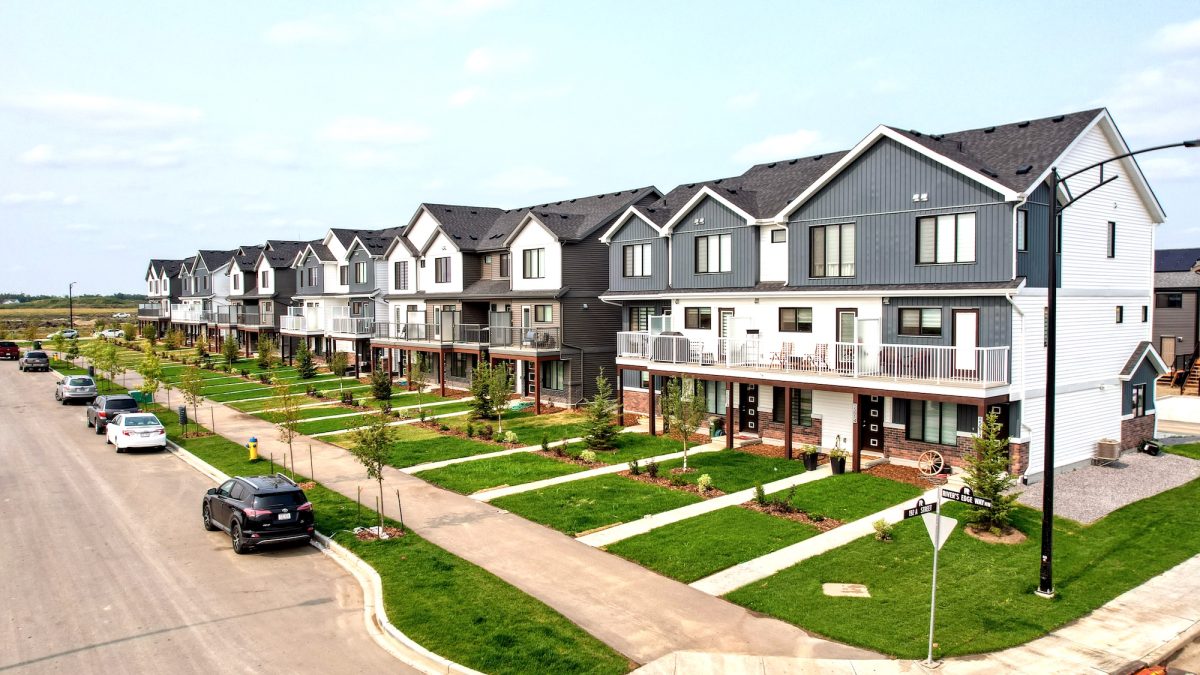
Residents are finding connection in communities through the provision of culturally significant services and amenities. Privately-owned lands are being efficiently redeveloped as mixed-use hubs of activity — and reimagined with future adaptations in mind. New neighbourhoods across the region have become incubators of economic development, wealth creation, and newcomer integration. And Edmonton continues to be the last major Canadian city to offer affordable home ownership and rental accommodations that fit within the Canada Mortgage and Housing Corporation’s definition of housing affordability.
How do we keep adding to our region’s attractiveness and success? The industry’s hope is that we are able to build an inclusive metro region with a strong central city that welcomes the world home; to attract talent and investment; and to shape spaces that meet the needs of current and future residents. Ours is a city-region with a focused plan and a steadfast commitment from all sectors to stay the course. A community that invites ideas, scrutiny, and compassion. A place that seeks out pragmatic solutions and refines its practices when they no longer serve our shared goals or reflect the needs of its residents. When we come together, and bring forward our diverse ideas and perspectives, we can build an affordable, competitive, and inclusive Canadian powerhouse that is poised to grow and prepared to lead.
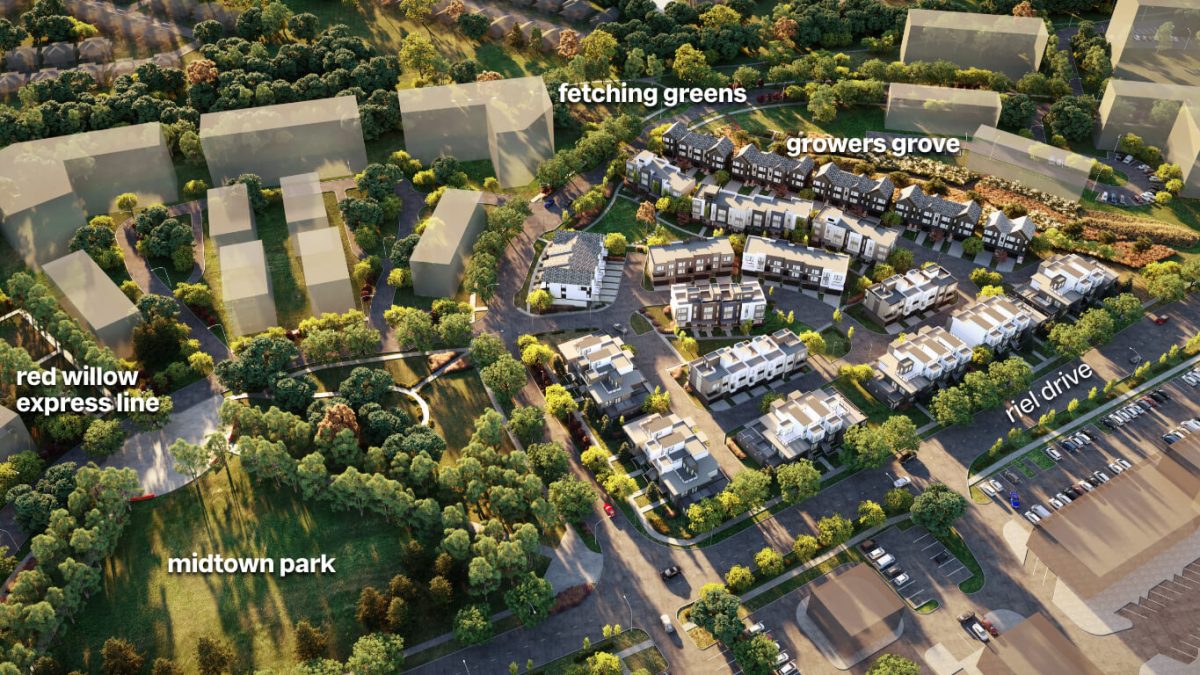
This content was supplied by the advertiser for commercial purposes. It is not written by and does not necessarily reflect the views of Urban Affairs staff.
Savvy AF. Blunt AF. Edmonton AF.


